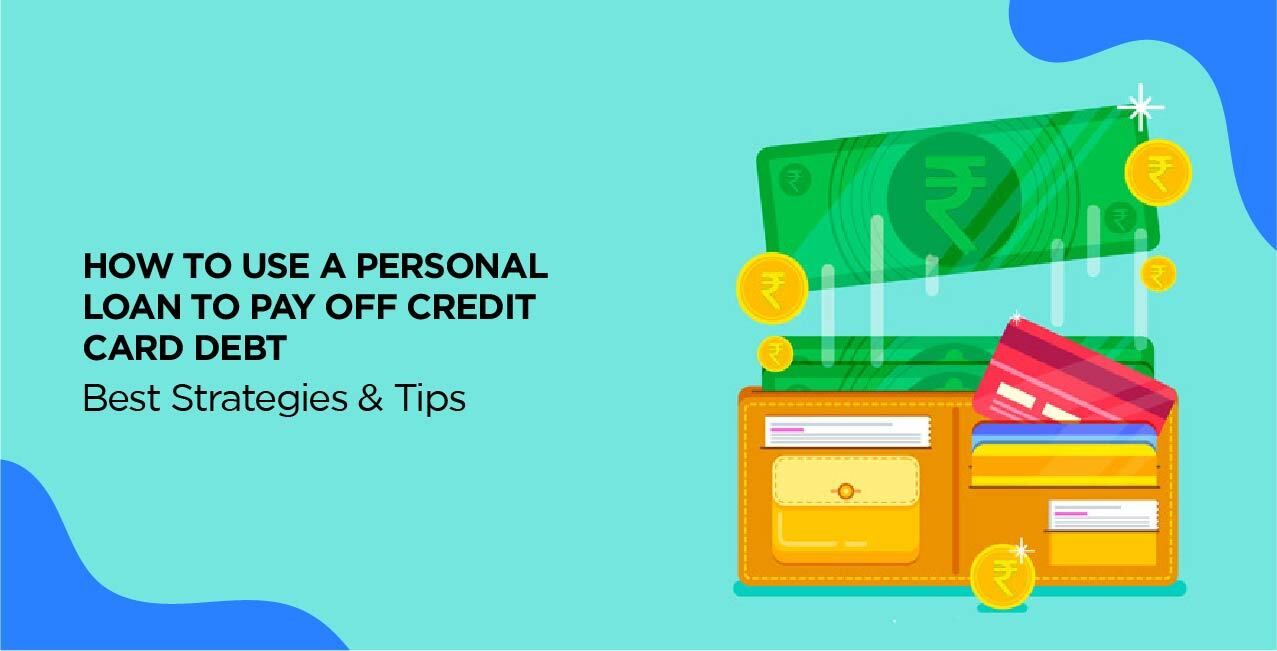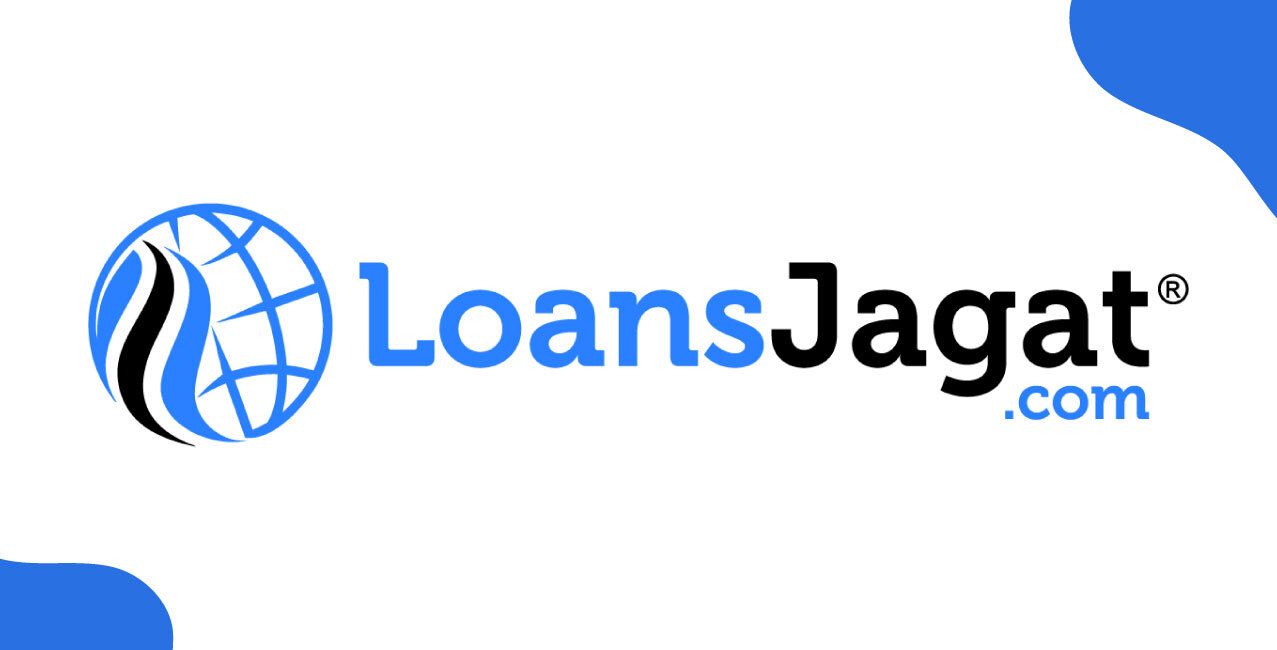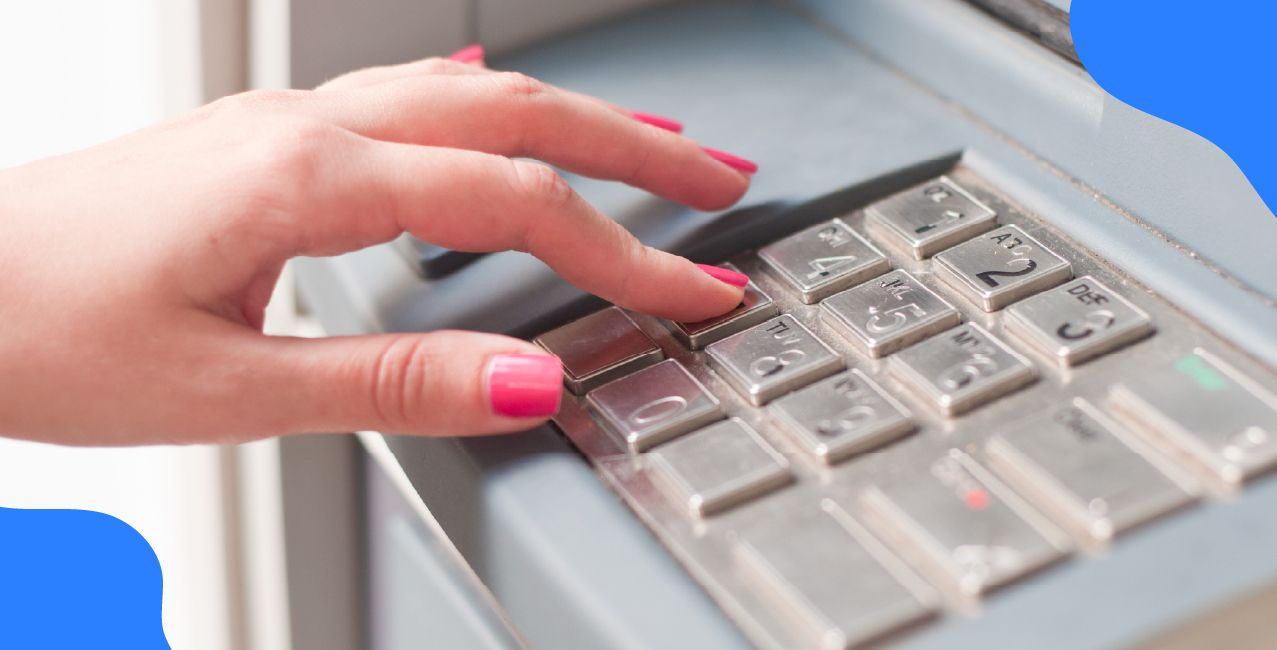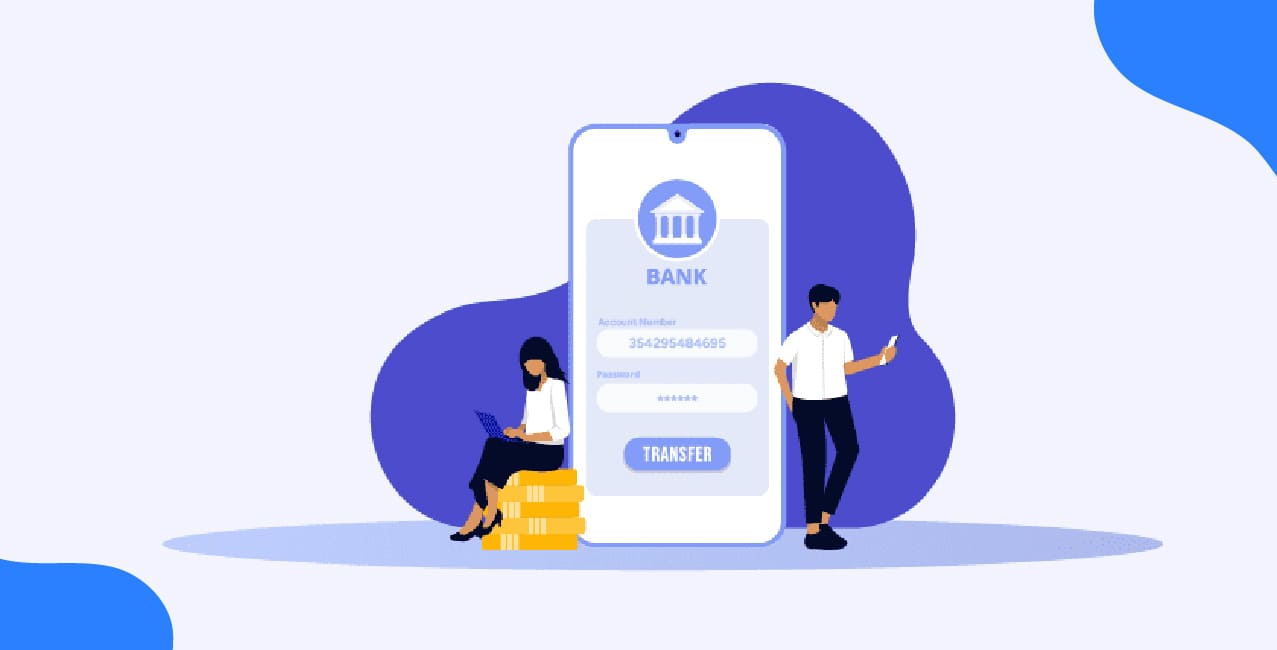
Author
LoansJagat Team
Read Time
7 Min
02 Apr 2025
How to Use a Personal Loan to Pay Off Credit Card Debt – Best Strategies & Tips
Ravi, a young Mumbai professional, received multiple monthly credit card bills. Despite making regular payments, he noticed that the outstanding amounts barely decreased, primarily due to the high interest rates, which averaged around 36% per annum. This scenario is not uncommon in India.
As of June 2024, the country's total outstanding credit card debt reached nearly ₹2.7 lakh crore, up from just over ₹2 lakh crore in March 2023. With escalating debts and steep interest rates, many individuals like Ravi are exploring alternative solutions.
One effective strategy is to use a personal loan, typically offered at lower interest rates, to consolidate and pay off high-interest credit card debt.
Understanding the Benefits of Using a Personal Loan
If you struggle to clear your credit card bills, a personal loan can be a smart way out. Credit cards charge high interest rates, often between 24% to 48% per year. This makes it hard to clear the full balance, and the debt keeps growing.
On the other hand, personal loans usually have lower interest rates, starting from around 10% to 18% per year, depending on your credit score. This means you pay less in interest and can clear your debt faster.
For example, if you have an outstanding credit card balance of ₹2,00,000 with a 36% interest rate, you might end up paying nearly ₹72,000 as interest in a year. But if you take a personal loan at a 12% interest rate, you would pay just ₹24,000. That’s a big saving! With a personal loan, you also get a fixed EMI and tenure, making it easier to plan your payments and stay debt-free.
Checking Your Credit Score Before Applying
Before applying for a personal loan, check your credit score. This number decides if you get the loan and at what interest rate. In India, a credit score above 750 is considered good.
If your score is low, banks may charge you a higher interest rate or reject your loan application. Checking your score before applying helps you take steps to improve it if needed.
1. Why Does Your Credit Score Matter?
Lenders check your credit score to see if you have repaid loans in the past. A high score means a good repayment history, while a low score signals risk. A person with a score of 800 may get a loan at 10%, but someone with a score of 650 may be charged 18% or more.
2. How to Check Your Credit Score for Free?
In India, you can check your credit score for free on platforms like CIBIL, Experian, or CRIF High Mark. Banks and loan apps also offer free score checks. Enter your PAN card details, and you will see your credit score in minutes.
3. Steps to Improve a Low Credit Score
If your score is below 700, improve it before applying. Pay your credit card bills on time, keep your credit usage below 30% of your limit, and avoid applying for multiple loans at once. These small steps can raise your score within 3-6 months.
Read More – How to Use a Personal Loan to Clear Outstanding Credit Card Bills?
4. Credit Score vs. Loan Eligibility (Table)
Credit Score Range | Loan Approval Chance | Expected Interest Rate |
750 - 900 | Very High | 10% - 12% |
700 - 749 | High | 12% - 15% |
650 - 699 | Medium | 15% - 18% |
Below 650 | Low | 18% - 24% |
5. Should You Apply for a Loan with a Low Credit Score?
If your score is low, consider improving it before applying. Some lenders may offer loans for lower scores but usually charge a much higher interest rate. Also, avoid applying for multiple loans quickly, as it can further reduce your score.
Comparing Loan Options from Different Lenders
It is important to choose the right lender. Banks and NBFCs offer different interest rates, processing fees, and repayment terms. Compare these factors before applying.
- Interest Rates: Some banks offer personal loans at 10%, while others may charge 18%. Always check multiple options.
- Processing Fees: Banks charge processing fees of 1% to 3% of the loan amount. For a ₹3,00,000 loan, a 2% fee means ₹6,000 extra.
- Prepayment Charges: Some banks charge penalties if you repay the loan early. Check this before signing the agreement.
- Loan Tenure: A longer tenure means smaller EMIs but more total interest. A ₹2,00,000 loan at 12% for 3 years will have lower EMIs than a 2-year loan, but you will pay more in total interest.
- Loan Disbursement Time: Some banks take 5-7 days, while online lenders can approve loans within 24 hours. Choose based on urgency.
- Customer Reviews: Read reviews of banks and NBFCs to see if they offer good service and support.
- Eligibility Requirements (Table)
Lender Type | Minimum Salary Required | Credit Score Needed | Processing Fee |
Public Banks | ₹25,000 per month | 700+ | 1% - 2% |
Private Banks | ₹30,000 per month | 750+ | 2% - 3% |
NBFCs | ₹15,000 per month | 650+ | 2% - 4% |
Using these factors, you can find the best personal loan and clear your credit card debt at the lowest cost.
Calculating How Much You Need to Borrow
Before applying for a personal loan, knowing exactly how much money you need is essential. Borrowing too much will result in unnecessary interest, and borrowing too little could leave you with unpaid credit card debt.
A simple way to calculate the required amount is to list your outstanding credit card balances and other dues.
Then, consider the loan processing fee, which is usually 1-3% of the loan amount. Also, remember that having an extra cushion for emergencies may be helpful.
For example, if you have a credit card bill of ₹2,50,000 and the bank charges a 2% processing fee, you will need a loan of at least ₹2,55,000. Borrowing precisely what you need ensures you can clear your debt without taking on unnecessary financial burden.
1. List Down Your Outstanding Debts
Make a list of all your credit cards and their outstanding balances. If you have multiple credit cards, note their interest rates and minimum due amounts. This will help you prioritise which debts to pay off first.
2. Factor in Processing Fees
Banks charge a processing fee on personal loans, which can be 1% to 3% of the total amount. If you need ₹3,00,000 and the bank charges 2%, you will receive only ₹2,94,000 after the fee deduction. To get the full ₹3,00,000, you must apply for a slightly higher loan amount.
3. Add a Buffer for Unexpected Expenses
Sometimes, unexpected expenses arise. If you are close to your credit limit or anticipate additional financial needs, consider adding a small buffer, such as ₹20,000-₹30,000, to your loan amount.
4. Compare Monthly EMI Based on Loan Amount
Once you determine your need, check different EMI amounts for various loan tenures. Use an online EMI calculator to see how the repayment fits your budget.
5. Avoid Over-Borrowing
Borrowing more than necessary increases your interest burden. For example, if you take a ₹5,00,000 loan instead of ₹3,00,000, you may end up paying ₹1,00,000 extra in interest over five years.
Choosing the Right Loan Term for Your Needs
The tenure of your loan affects your EMI amount and the total interest you pay. A shorter tenure means higher EMIs but lower overall interest, while a longer tenure reduces your monthly payment but increases the total interest.
Loan Amount | Tenure | Interest Rate | EMI | Total Interest Paid |
₹3,00,000 | 2 years | 12% | ₹14,130 | ₹39,120 |
₹3,00,000 | 3 years | 12% | ₹9,978 | ₹59,208 |
₹3,00,000 | 5 years | 12% | ₹6,673 | ₹1,00,380 |
A two-year loan will have a higher EMI, but you save over ₹60,000 in interest compared to a five-year loan. If your budget allows, go for a shorter tenure to save money in the long run.
Applying for a Personal Loan Without Hurting Your Credit
Also Read - Is Debt Consolidation the Best Strategy for Clearing Your Credit Card Debt?
When you apply for a loan, the bank checks your credit score. Too many applications in a short time can lower your score, making it harder to get good loan terms. To avoid this, apply only when necessary and follow these steps:
- Check your credit score beforehand: If your score is low, improve it before applying.
- Compare lenders without applying: Use online EMI calculators and eligibility check tools instead of directly applying at multiple banks.
- Choose a lender that matches your profile: Applying to lenders with strict requirements when your average score can lead to rejection.
- Avoid applying for multiple loans at once: If a lender rejects your application, wait 3-6 months before using it elsewhere.
- Maintain a stable financial profile: Banks look at your employment and income stability. Any sudden job change before applying may reduce your chances.
By taking these steps, you can secure a personal loan while protecting your credit score, making future borrowing easier and more affordable.
Conclusion
Using a personal loan to pay off credit card debt can be a game changer if done wisely. Lower interest rates and fixed EMIs help reduce your overall financial burden and clear high-interest dues faster.
However, choosing the right lender, loan tenure, and loan amount is crucial to avoid unnecessary costs.
Always check your credit score, compare multiple loan options, and ensure the EMI fits your budget. By following these steps, you can become debt-free sooner and improve your financial health. Plan smartly, borrow responsibly, and take control of your finances for a stress-free future.
FAQs
1. Is it a good idea to take a personal loan to pay off credit card debt?
Yes, if your personal loan has a lower interest rate than your credit card, it can help you save money on interest and clear your debt faster.
2. Will taking a personal loan affect my credit score?
Initially, your credit score may drop slightly due to a new loan inquiry. However, timely repayments will improve your score over time.
3. What happens if I miss an EMI on my personal loan?
Missing an EMI can lead to late fees, a drop in your credit score, and additional interest charges. Always ensure timely payments to avoid penalties.
4. Can I repay my personal loan early?
Yes, most banks allow early repayment, but some may charge a prepayment penalty. Check the terms before signing the loan agreement.
5. How long does it take for a personal loan to get approved?
Approval time varies by lender. Some banks take 5-7 days, while digital lenders can approve and disburse loans within 24 hours.
About the Author

LoansJagat Team
‘Simplify Finance for Everyone.’ This is the common goal of our team, as we try to explain any topic with relatable examples. From personal to business finance, managing EMIs to becoming debt-free, we do extensive research on each and every parameter, so you don’t have to. Scroll up and have a look at what 15+ years of experience in the BFSI sector looks like.

Quick Apply Loan
Subscribe Now
Related Blog Post


